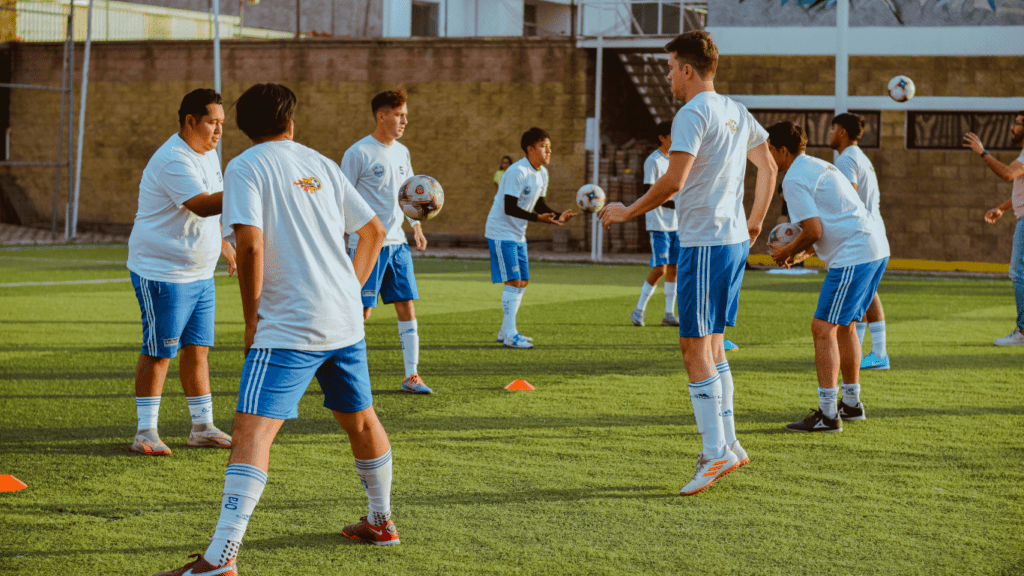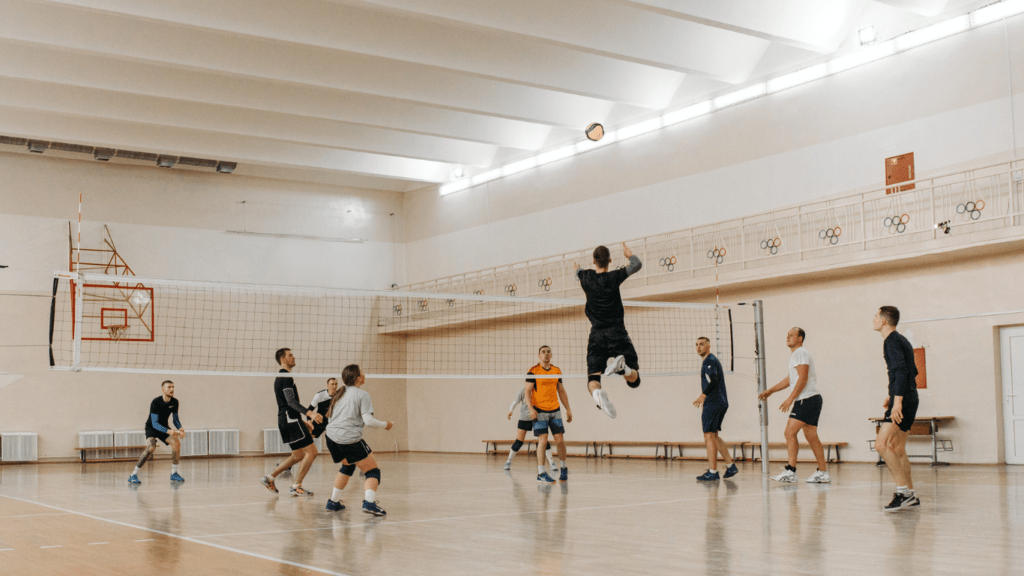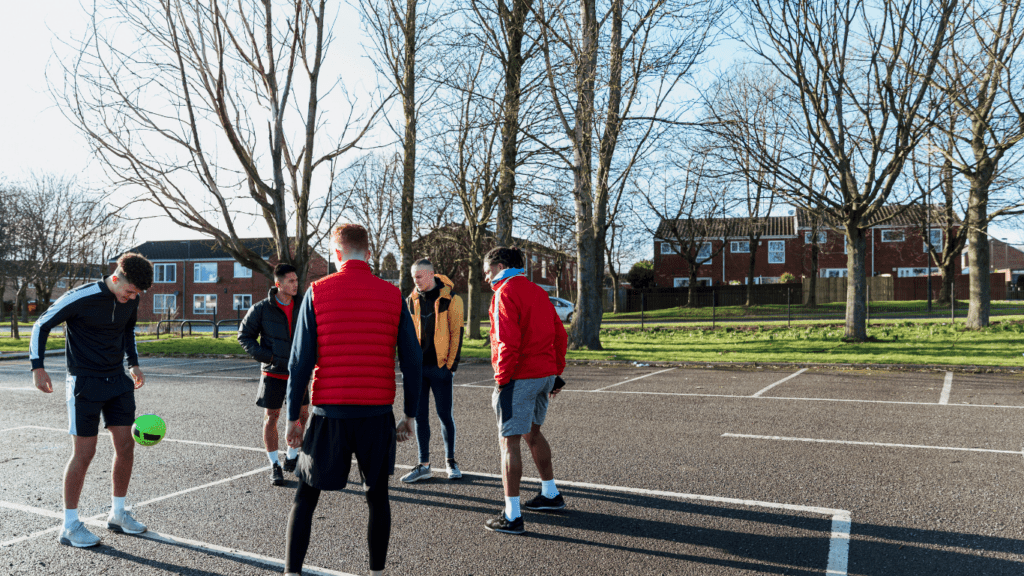Time always feels like it’s slipping away during team practices, doesn’t it? With so much to cover and limited hours, it’s easy for sessions to feel rushed or unproductive. I’ve learned that the key to success lies in making every minute count, ensuring that both effort and energy are focused on what truly matters.
The Importance Of Time Efficiency In Team Practices
Maximizing time during team practices helps improve focus and productivity. Teams that utilize structured schedules and prioritize high-value activities enhance both individual and collective performance. Efficient time use during practices creates opportunities for skill development, strategic planning, and real-time problem-solving.
Mismanaged practice time hampers progress. When sessions lack clear goals or involve poorly timed activities, players lose engagement and struggle to grasp strategies or improve skills effectively. These disruptions diminish overall outcomes and extend the time required to achieve specific objectives.
Time efficiency fosters engagement and motivation. Players remain more committed when practice routines eliminate downtime, distribute workload evenly, and address diverse skill sets. Keeping sessions dynamic and purposeful ensures that participants feel valued and aligned with the team’s goals.
For a beneficial practice structure, each activity should offer measurable outcomes. Passing drills, for example, must directly relate to in-game strategies, while conditioning work should align with players’ physical demands. These measurable connections streamline growth and prevent wasted effort.
Assessing Current Practice Methods
Evaluating existing practice methods ensures that every session is structured for maximum efficiency. This process identifies inefficiencies and highlights areas for improvement.
Identifying Time Wasters
Analyzing repetitive or unplanned activities uncovers common time wasters during practice. Inefficient transitions between drills, excessive downtime, and poorly defined objectives often reduce productivity. For example, prolonged explanations before drills or extended water breaks disrupt momentum. By streamlining these areas, I can reclaim lost minutes and redirect energy to high-value tasks.
Measuring Team Productivity
Tracking measurable outcomes during each practice session determines overall team productivity. Performance benchmarks—like:
- the completion rate of set plays
- accuracy during skill drills
- communication consistency
provide actionable data. For instance, if passing drills demonstrate inconsistent execution, I can allocate targeted practice to improve that metric. Regular assessments ensure that every activity aligns with the team’s development goals.
Effective Planning For Efficient Practices

Effective practice sessions begin with clear planning and structured execution. By laying a strong foundation, every minute can be utilized for maximum productivity.
Setting Clear Goals And Objectives
- I always prioritize defining precise goals before practice.
- Specific objectives—such as improving defensive strategies or refining passing accuracy—enable the team to focus its efforts.
- These goals need to be measurable and directly tied to game performance, ensuring that every activity supports team success. For example, rather than practicing general shooting, I might focus on increasing conversion rates from specific field positions.
- Communicating these objectives helps align the team’s mindset.
- When every player understands their purpose during practice, engagement increases, and progression becomes evident.
- Regularly revisiting and adjusting goals keeps sessions dynamic and adaptable to evolving needs.
Structuring A Detailed Practice Schedule
A structured schedule eliminates uncertainty and reduces wasted time. I break practices into well-defined segments, each allocated to specific skills or strategies. For instance, if practice lasts 90 minutes, 10 minutes can focus on warm-ups, 30 minutes on tactical drills, 15 on team integration exercises, 15 on scrimmage, and 10 on review.
Transitions also require planning. I minimize downtime between activities by preparing equipment in advance and delegating setup tasks. This ensures that exercises flow smoothly, maintaining momentum and focus. Building flexibility into the schedule accounts for unexpected delays or moments that require additional attention.
By combining clear objectives with a time-conscious schedule, practice sessions become streamlined and outcome-driven.
Techniques To Maximize Time Utilization
Maximizing practice time requires strategies that focus on impactful activities, precise planning, and team alignment. Specific methods ensure consistent productivity and progress during every session.
Utilizing Short, High-Impact Drills
I rely on concise, targeted drills to address key skills while maintaining intensity. For example, 3-on-3 basketball setups or 5-minute passing circuits in soccer hone essential game functions. These drills eliminate lag caused by overextended routines. Assigning time limits and measurable outcomes ensures quick, focused execution without sacrificing quality.
Incorporating Technology For Time Management
I use digital tools to track time and ensure efficient structure. Applications like Hudl or Coach’s Eye streamline performance monitoring with real-time feedback. Automated timers and practice scheduling apps help control transitions between activities. These platforms also analyze attendance and skill progression, keeping sessions organized and outcome-focused.
Emphasizing Communication And Collaboration
Clear communication keeps everyone aligned and minimizes delays. I start sessions by outlining goals and transitions, ensuring players know their roles. Collaborative planning, like involving team captains in drill selection, creates shared accountability. Regular check-ins during practice maintain focus, resolve confusion, and encourage active engagement.



 Lead Training Analyst
Lead Training Analyst
